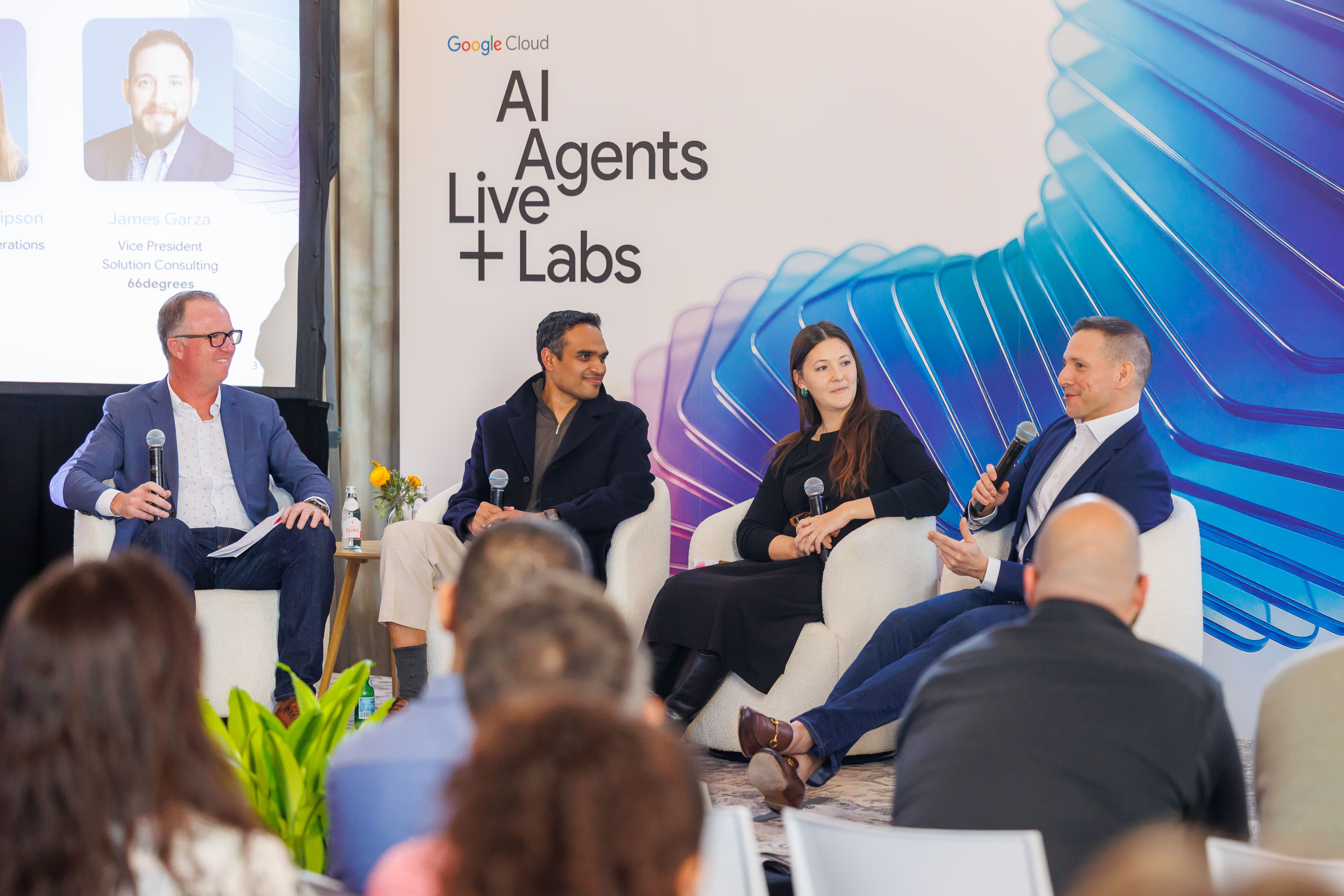Accelerate your agentic transformation with a proven approach, data and AI expertise, extensive IP, and an AI-powered delivery model.
Building the Agentic Enterprise









We help companies navigate through the complexities of AI, transforming data into intelligent solutions that empower the modern workforce across industries.

Leveraging our extensive IP, we transform fragmented data and costly infrastructure into a unified, AI-ready platform, accelerating transformation and unlocking significant savings.
Quantifiable business impact for your data and AI investments.
in annual savings from reduced data center and personnel costs for a Fortune 250 company after complete modernization of their data and application infrastructure.

of customer touch points automated for Travel and Hospitality leader by launching Generative AI agents, transforming their complete guest support experience.
improvement in call center evaluation quality and consistency with AI-powered analysis for global Energy and Utilities client.
Guiding Your Path to AI Value
Our expertise and end-to-end capabilities form the strategic architecture of the Agentic Enterprise, guiding your path to AI value.
Modernize and Build a Unified Data Foundation for the Intelligent Enterprise
Leveraging a solution-first approach, our teams strategically engineer a unified, AI-ready platform from your legacy infrastructure and fragmented data. This removes critical constraints, unlocks operational savings, and builds the essential foundation for sustained AI innovation.

Architect and Engineer Custom AI and Cloud-Native Applications
We architect and build custom AI solutions and intelligent agents that turn your vision into a competitive advantage. We move you beyond experimentation to create scalable solutions that re-engineer workflows, empower your people with new capabilities, and drive transformative gains in productivity.

Ensure Sustained AI Performance and Governance at Scale
We provide the critical post-deployment layers needed to transform AI initiatives into predictable business assets. Utilizing MLOps/LLMOps and world-class governance, we guarantee performance, manage costs, and drive continuous improvement and expansion.


Google Cloud’s Leading Agentic AI Partner
Our Premier Partner status is the assurance your enterprise needs. We provide unmatched access to the forefront of Google AI innovation, de-risking your most ambitious projects and guaranteeing you build your Agentic Enterprise foundation on the world's most advanced cloud.
The 2025 Partner of the Year award is external validation of our leadership in the Google ecosystem.
Google Cloud Specializations
Success Stories
Latest from 66degrees

Start Accelerating your Path to AI Value
Get in touch today and start defining your path towards building the Agentic Enterprise.


.png)




.png)



.webp)





